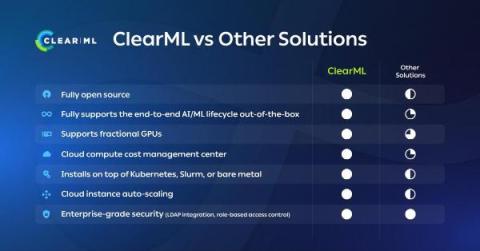Implementing Gen AI for Financial Services
Gen AI is quickly reshaping industries, and the pace of innovation is incredible to witness. The introduction of ChatGPT, Microsoft Copilot, Midjourney, Stable Diffusion and many more incredible tools have opened up new possibilities we couldn’t have imagined 18 months ago. While building gen AI application pilots is fairly straightforward, scaling them to production-ready, customer-facing implementations is a novel challenge for enterprises, and especially for the financial services sector.










